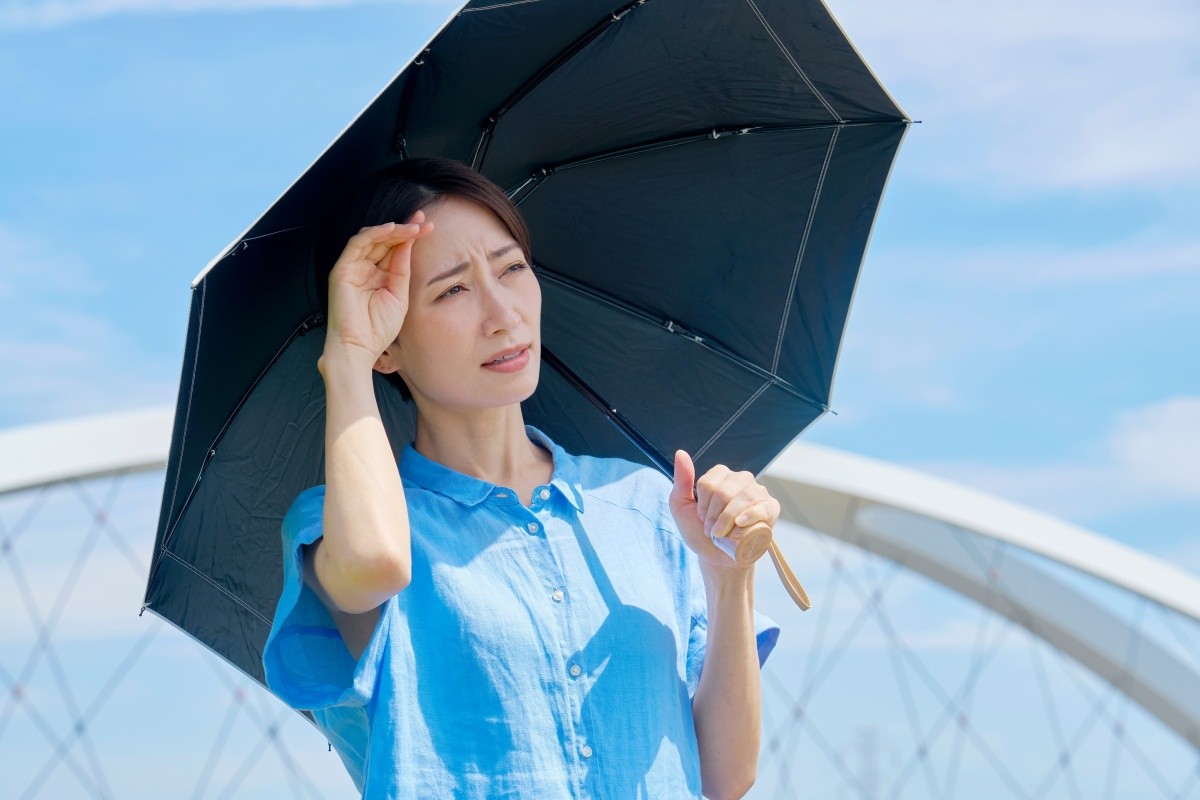
Japan offers beautiful landscapes in every season, delicious food, and attractive tourist spots. However, summer in Japan is more humid and hot than one might imagine, and especially from June to September, it's not uncommon for travelers unaccustomed to the climate to suffer from "heat stroke". It's truly a shame to fall ill during an enjoyable trip. But with the right knowledge and precautions, heat stroke can be effectively prevented.
This article clearly introduces the symptoms and dangers of heatstroke, first aid measures that can be taken while traveling, key points for prevention, and useful items. To ensure a safe and comfortable journey ahead, please be sure to check it out.
* If you purchase or make reservations for products introduced in this article, a portion of the sales may be returned to FUN! JAPAN.
The Current Situation and Issues of Heatstroke in Japan
Number of Deaths and Emergency Transport Cases Due to Heatstroke

In recent years, Japan has been experiencing severe consequences from heat stroke due to intense heat waves. Particularly from July to August, when high temperatures persist, many people are transported to hospitals for heatstroke every year.
According to data from the Fire and Disaster Management Agency, in 2024, over 90,000 people were transported to hospitals due to heatstroke. Notable cases include people collapsing inside homes or while working outdoors, and there are not a few instances resulting in death. This situation may worsen in the future due to the effects of climate change, calling for countermeasures across society as a whole.
What is the "Heat Stroke Alert"?
The Heat Stroke Alert is information jointly issued by the Ministry of the Environment and the Japan Meteorological Agency. It is issued on days when the risk of heat stroke is predicted to be extremely high. Nationwide implementation began in 2021, and an alert is issued when the Wet Bulb Globe Temperature (WBGT) is expected to reach 33 or higher.
This alert is widely disseminated through television, smartphones, the Meteorological Agency's website, and other channels. It serves to encourage specific preventive measures such as refraining from going out or exercising, and ensuring frequent hydration.
Source: What is the Heat Stroke Alert (Ministry of the Environment)
What are the Symptoms of Heatstroke? It’s Dangerous to Leave it Untreated!
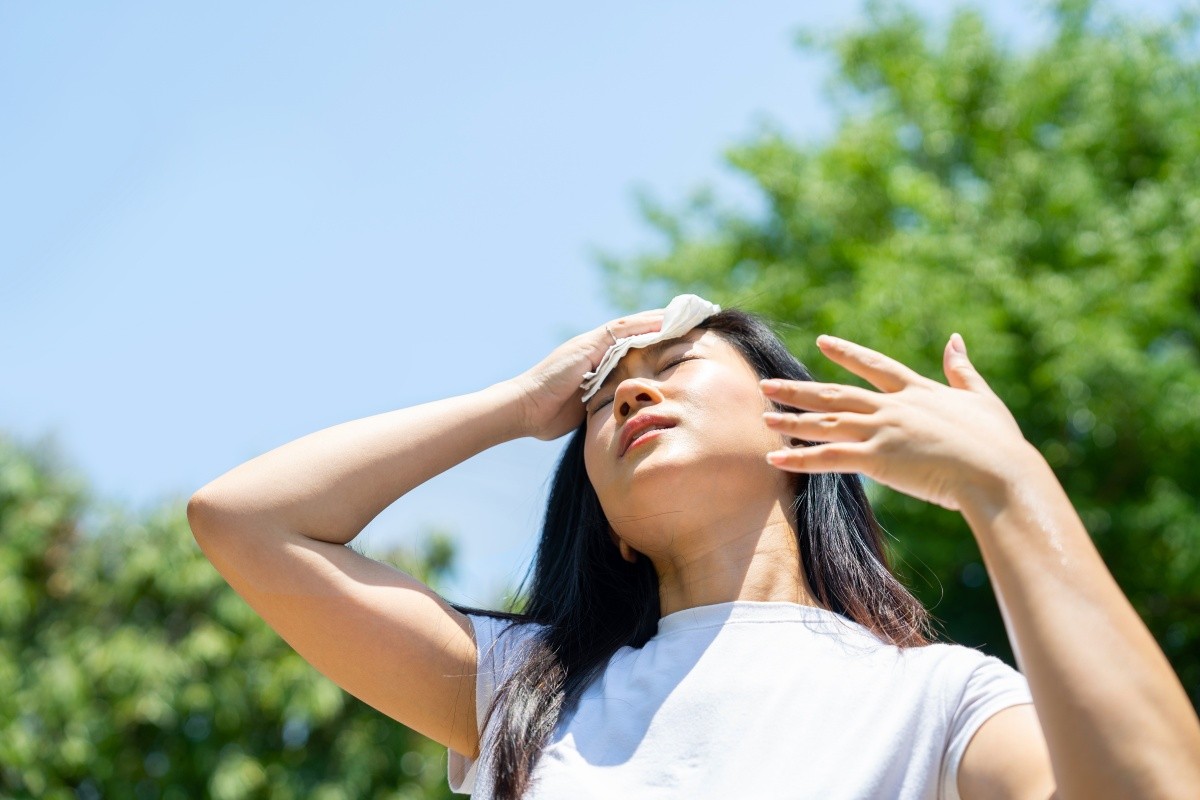
Heatstroke occurs when the body’s temperature regulation system stops functioning properly in environments with high temperature and humidity. If left untreated, it can become life-threatening. If early and mild symptoms are overlooked, the condition can worsen within minutes to a few hours. In this section, we will explain in detail the symptoms at each stage of heatstroke progression, as well as the groups of people who need to be especially careful.
Heatstroke Symptoms are Generally Divided into Three Stages Based on Severity
- Stage 1: Mild symptoms such as lightheadedness, dizziness, muscle cramps, and excessive sweating
- Stage 2: Symptoms worsen to include headaches, nausea, and fatigue, and the person may become unable to rehydrate on their own
- Stage 3: Severe symptoms that can be life-threatening, including impaired consciousness, convulsions, difficulty walking, and in some cases, collapse
These symptoms can progress rapidly within a short time if not properly addressed, making early recognition and action essential.
Source: Let's prevent heat stroke! (Ministry of Health, Labour and Welfare)
Infants and Elderly are at Higher Risk of Death From Heatstroke
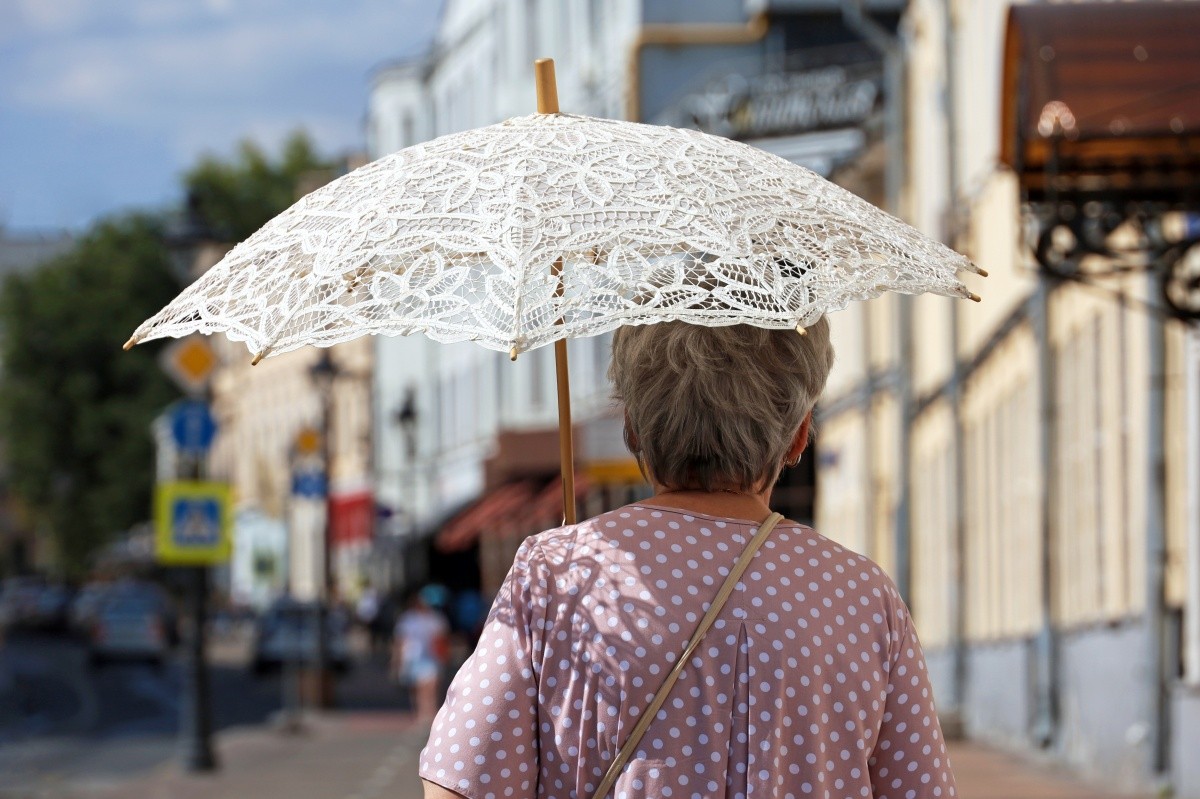
Age groups that have difficulty regulating body temperature, particularly infants and the elderly, require special attention. Infants have immature temperature regulation mechanisms and are more susceptible to external temperatures. Moreover, they can't easily express feeling hot, increasing the risk of delayed detection.
Elderly individuals tend to have difficulty sweating and sensing thirst, potentially leading to dehydration and heatstroke without realizing they're overheated.
Both infants and the elderly are more prone to severe heatstroke, which can be fatal in worst-case scenarios. Therefore, it's crucial for those around them to monitor closely and adjust their environment appropriately.
Source: Precautions for the elderly and children to prevent heatstroke (Ministry of the Environment)
Is There a Way to Cure Heat Stroke? What Are the First Aid Methods?
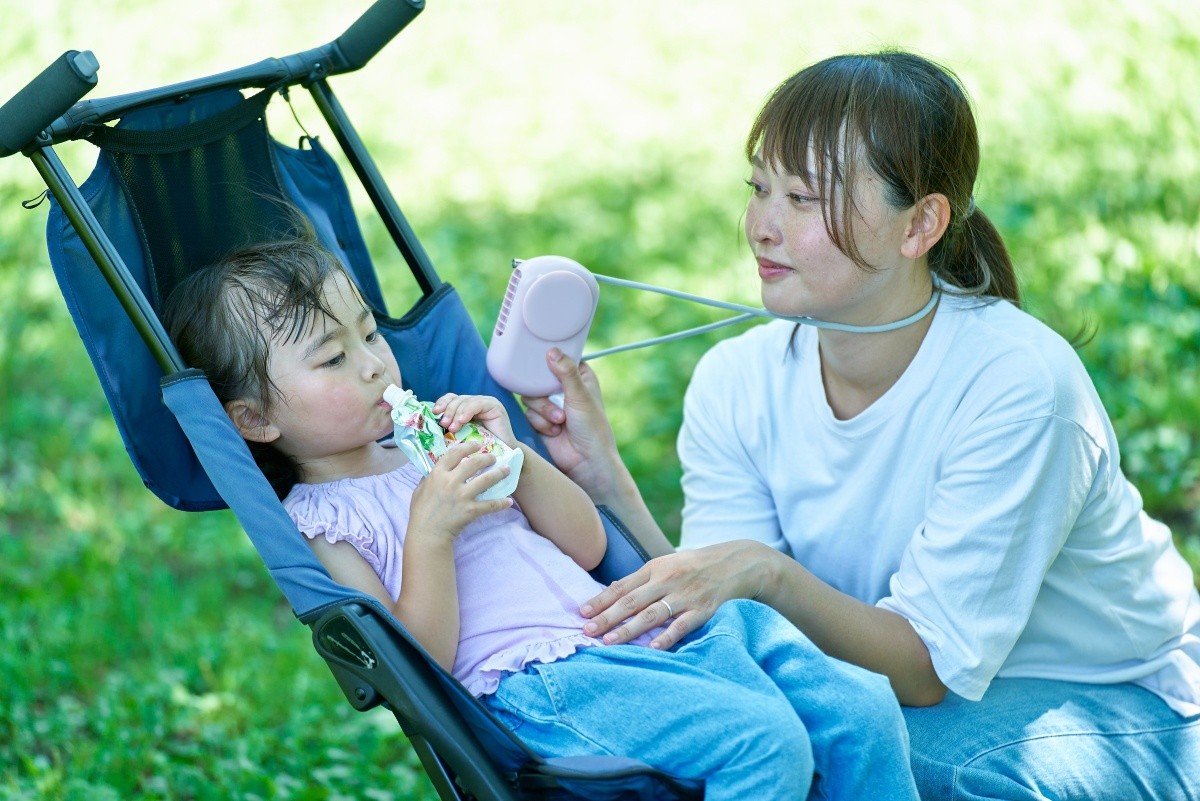
During travel, you often spend more time outdoors for sightseeing and moving around, which can make it easy to overlook changes in your physical condition. Especially during summer trips, strong sunlight and hot, humid environments can put a significant strain on your body, and you may suddenly experience symptoms of heat stroke in an unfamiliar place. To prepare for such situations, it's crucial to know first aid methods that can be immediately put into practice. Here, we will introduce step-by-step procedures for dealing with heatstroke if you or those around you experience it while traveling.
Evacuate to a Cool Place
First, to protect your body from the heat, immediately move to a cool place. Shaded areas under trees, air-conditioned indoor facilities, or areas near buildings that provide shade are suitable. If you're in a tourist area, utilizing cafes, convenience stores, or train station interiors can also be effective. If you're in the early stages of heat exhaustion, this evacuation alone may sometimes stabilize your condition.
Loosen Clothing and Cool Down the Body
After moving to a cool place, the next step is to cool down your body. Loosen your clothing to improve air circulation, and apply cold water bottles or ice packs to areas where large blood vessels pass, such as under the armpits, the back of the neck, and the groin. While traveling, there are often shops selling cold drinks and ice, so you can make use of these as well. This cooling process helps to lower your body temperature effectively.
Replenish Water and Salt
In cases of heatstroke, it is important to replenish not only water but also salt (electrolytes) that are lost through sweat. Oral rehydration solutions or sports drinks are ideal, but if these are not available, it is fine to take water and salt separately. While traveling, you can easily get these from vending machines or convenience stores, so carrying them with you in advance will give you peace of mind.
Call an Ambulance
If severe symptoms are observed, such as clouded consciousness, unresponsiveness to calls, severe nausea, or convulsions, call an ambulance immediately. If you're unsure about calling an ambulance while traveling, it's important to seek help from people around you or hotel staff. Don't hesitate to dial 119 (in Japan), and provide the location and situation as accurately as possible. This can be the key to saving a life.
👉 How to call an ambulance? Check the phone numbers and procedures
Methods to Prevent Heatstroke and Points to Be Careful About
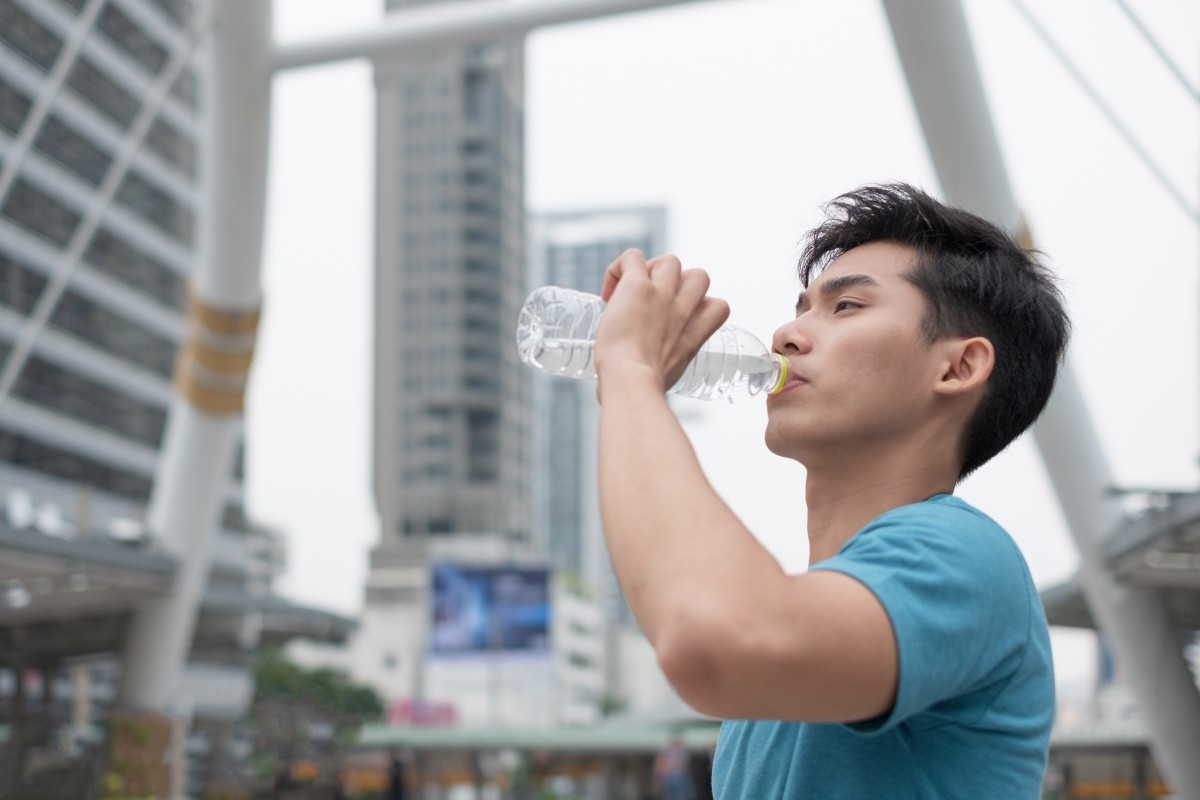
Heatstroke can be effectively prevented with the right knowledge and a little effort. It is especially important to take precautions in advance during outdoor activities, travel, or sports in hot weather. Here, we will introduce three basic heatstroke prevention points to keep in mind.
Stay Hydrated
Frequent hydration is the most fundamental aspect of preventing heat stroke. It’s important to drink water before feeling thirsty, rather than waiting until you’re thirsty. Make sure to actively hydrate, especially right after waking up, before and after going out, during exercise, and after it. Additionally, drinks that are high in alcohol or caffeine are diuretics and are not suitable for hydration.
Ensure Proper Salt Intake
As salt (sodium) is lost from the body along with sweat, it's necessary to replenish an appropriate amount of salt along with water. Especially when you've sweated a lot, it's good to use drinks containing salt, salt tablets, or salty candies. It's important to maintain the appropriate amount, as excessive intake can have negative effects on health.
Wear Clothes with Good Sweat Absorption and Breathability
The choice of clothing plays a significant role in preventing heatstroke. It’s effective to choose materials with excellent sweat absorption and breathability, and to opt for light colors like white, which don’t absorb heat as much. Additionally, using hats or sun umbrellas to avoid direct sunlight is also important. When traveling or going out, aim to wear clothes that are easy to remove and put on, allowing for easier temperature regulation.
Recommended Cooling Items for Heatstroke Prevention
To fully protect yourself from heatstroke, it’s important not only to stay hydrated and dress appropriately, but also to make effective use of cooling items. A wide variety of convenient products are now available that can be easily used anytime—whether you're out and about, traveling, or commuting to work or school. Here, we introduce some of the most popular and highly recommended cooling items. If any of them catch your eye, be sure to check the links for more details.
Body Wipes
Body wipes are a convenient item that can be quickly used after sweating to leave your skin feeling fresh and clean, while also helping to cool down your body. Choosing a menthol-infused type provides a longer-lasting cooling sensation. Keeping them in your travel bag or pocket will make them a reliable companion for outdoor activities.
👉 View popular body wipes here
Parasol
Parasols, which can significantly lower the perceived temperature by blocking direct sunlight, are also very effective, especially when going out during summer. Choosing a heat-shielding type with UV protection helps minimize skin damage while also giving you a cool and refreshing appearance. A folding type is recommended as it's easy to carry for travel.
👉 View popular “100% UV-blocking parasols” here
Neck Cooler
Neck coolers that directly cool the neck area have a high cooling effect and are very effective in preventing heat stroke. Recently, PCM material types that can be used repeatedly without a power source and electric types that can be cooled via USB have also become popular. Since large blood vessels pass through the back of the neck, it can efficiently lower body temperature.
👉 View popular “Neck Coolers” here
Cooling Towels
"Cooling towels" that maintain a cool sensation just by wetting and wringing them out are also essential items for summer outings and sports activities. Simply placing them on your shoulders or neck will gradually absorb heat. They can be folded compactly without taking up much space, making them ideal for travel.
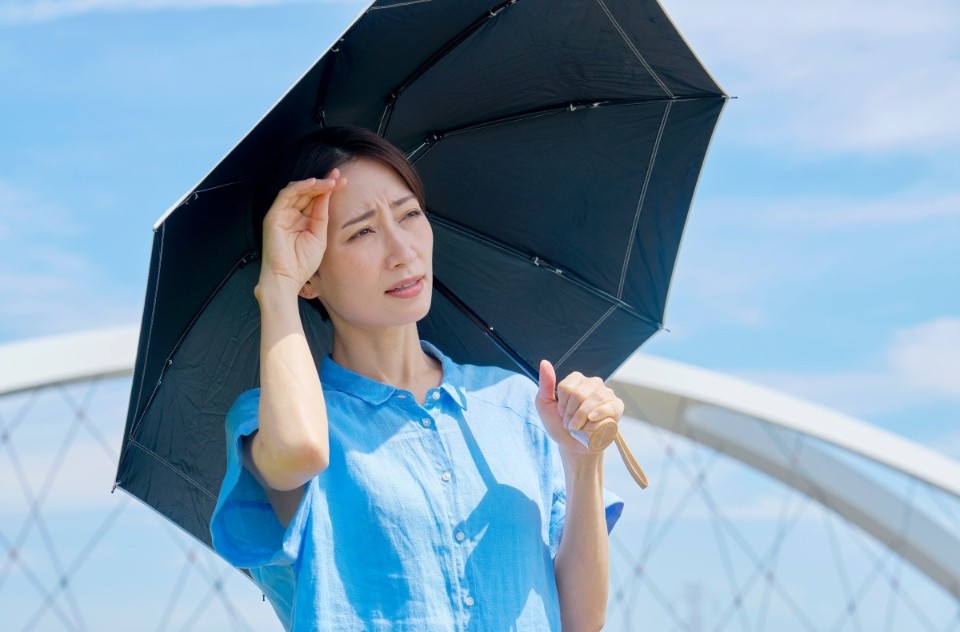
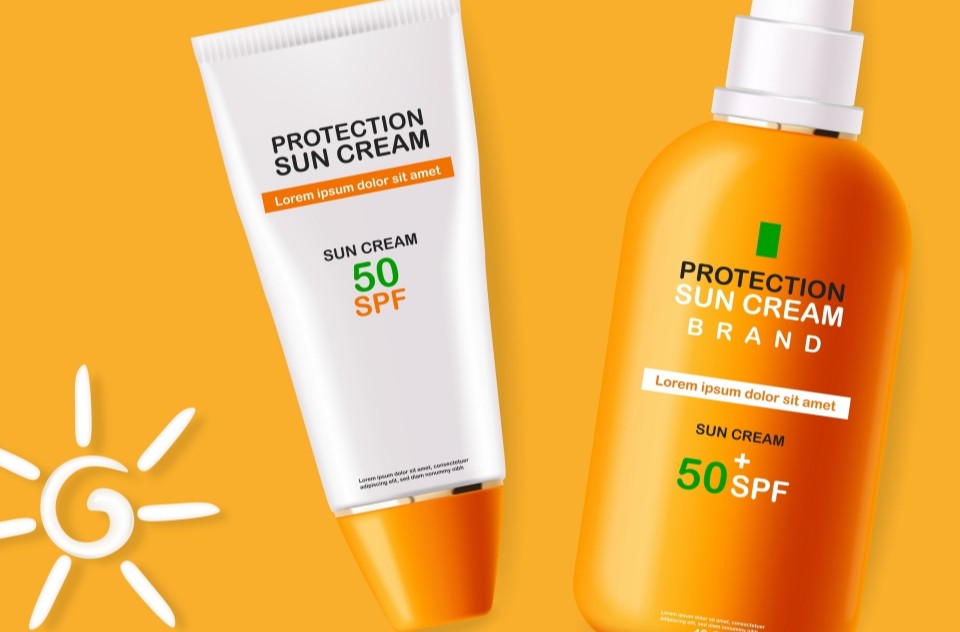
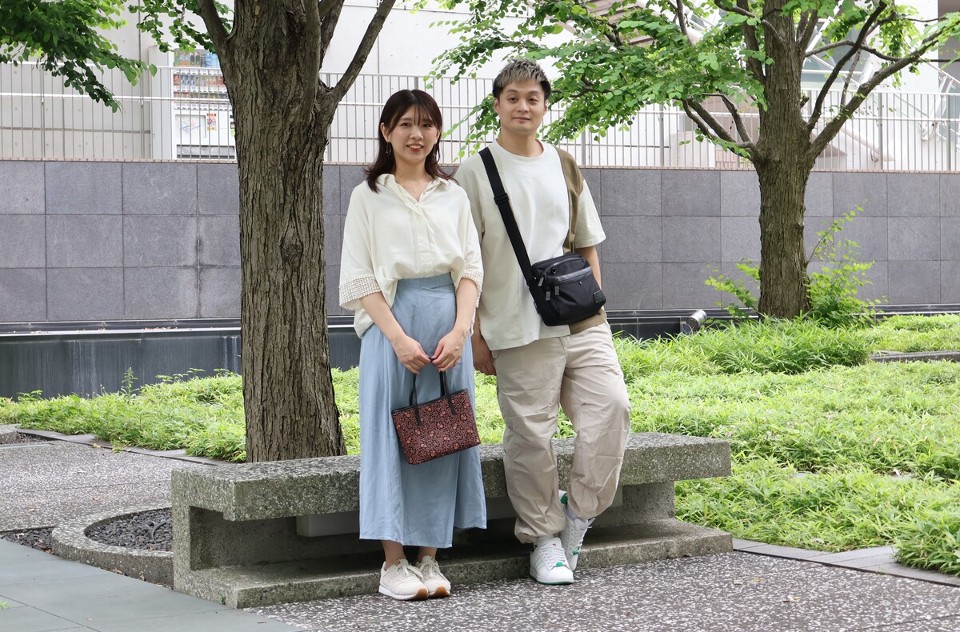
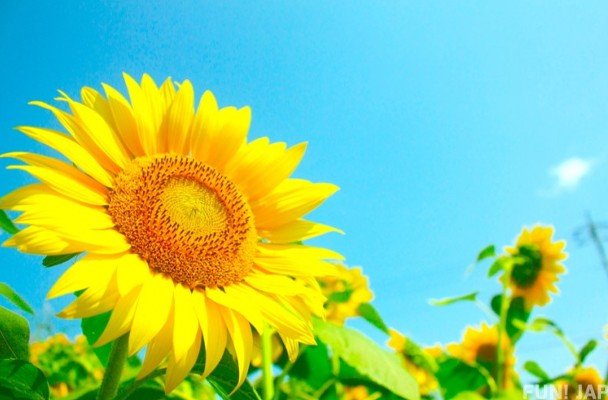
Comments